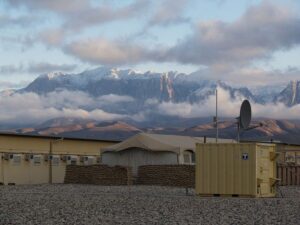
Veterans’ Voices
Veterans' Voices explores the experiences of United States military veterans through oral history recordings in the Southern Oral History Program's archives. This exhibit was planned,...
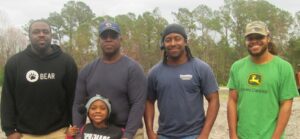
Masters of Our Own Domain
Struggle, pragmatism, spirituality, and humor weave themselves into the stories of African American farmers and fishermen in the South.
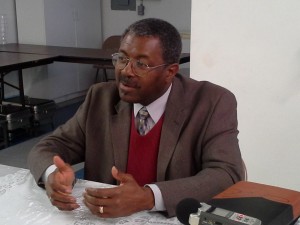
African American Credit Unions
In 2012 and 2013, the SOHP conducted a project on early African American credit unions in North Carolina. Community leaders established their own credit unions...
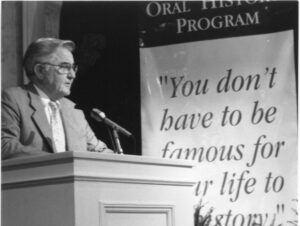
The Legacy of William C. Friday
William C. Friday In the spring of 2012, the Southern Oral History Program celebrated the remarkable life and achievements of William C. Friday, President Emeritus...

Feminism and Conservative Women
From 2009 to 2014, the SOHP conducted over 150 interviews for the Long Women's Movement in the American South. In 2014 and 2015, field scholar Evan...
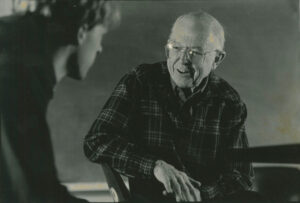
George Stoney: Carolina Roots
This exhibit features oral history recordings with, and films by, the late filmmaker George C. Stoney. Stoney attended the University of North Carolina at Chapel Hill (UNC), wrote and produced films about the South, and advocated for the creation of public access cable television stations which still thrive in cities throughout the southern U.S. He worked for years to put the tool in the hands of the narrator: “People should do their own filming, or at least feel they control the content. I’ve spent much of my life making films about teachers or preachers that these people ought to have made themselves.”
![Black and white photo of a picket line of a group of Black majority women-presenting people holding protest signs reading "SAGA - unfair to workers" and "Students Support Strikers - Boycott __ [unreadable]"](https://sohp.org/wp-content/uploads/2023/11/8fcdc9f68e247b4af50d991e3fc372db-300x272.jpg)
UNC Food Workers Strikes of 1969
In 1969, UNC food workers participated in work strikes that showed the intersection of labor rights, women's rights, and African American rights. Check out the...
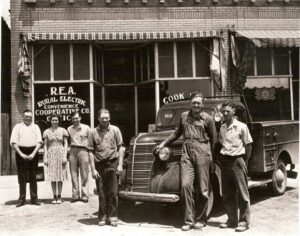
Rural Electrification
At the beginning of the Great Depression, the vast majority of rural communities across the United States had little or no access to electricity. The...
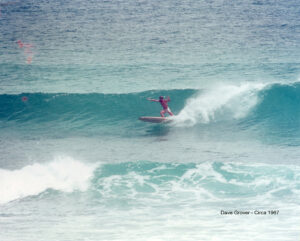
Southern Surfing
While most people don’t associate surfing with the American South, the region boasts some of the most beautiful coastlines in the country. Although the swells that break along the Gulf of Mexico and the southern Atlantic shores are not as fabled as those in California or Hawaii, the warm southern waves beckon surfers all year long. The story of wave riding in the South reflects many of the major movements and trends in modern American history: Cold War militarization, civil rights, counterculture, women’s movement, environmentalism, tourism, and coastal development. Surfing came to the South in the 1960s, in part through military personnel stationed at the numerous bases along the Atlantic and Gulf coasts.
In the summers of 2017 and 2018 Dr. Steve Estes, chair of the History department at Sonoma State University, traveled nearly 2500 miles along the coast from Houston, Texas through Ocean City, Maryland in search of the stories of Southern surfers. Dr. Estes grew up surfing at Folly Beach, South Carolina in the 1980s and has since then surfed all over the country. Before working at Sonoma State, Dr. Estes was an outreach coordinator and field scholar at the Southern Oral History Program from 1996 through 1998.
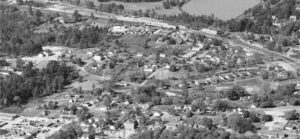
Crest Street Community History Project
In 1959, a four-lane expressway was making its way through the heart of Durham, North Carolina. Set directly in its path were several working-class black communities; communities that would pay the ultimate price in the name of economic growth and prosperity. Crest Street is one community that took note of the displacement and mobilized against the expressway to keep communities intact. In these interviews, Crest Street leaders, advocates, and attorneys reflect on the movement to save Crest Street from the expansion of the East-West Expressway; a movement that maintained Crest Street as a unified community and a thriving example of residential empowerment in the face of seemingly unstoppable urban forces.